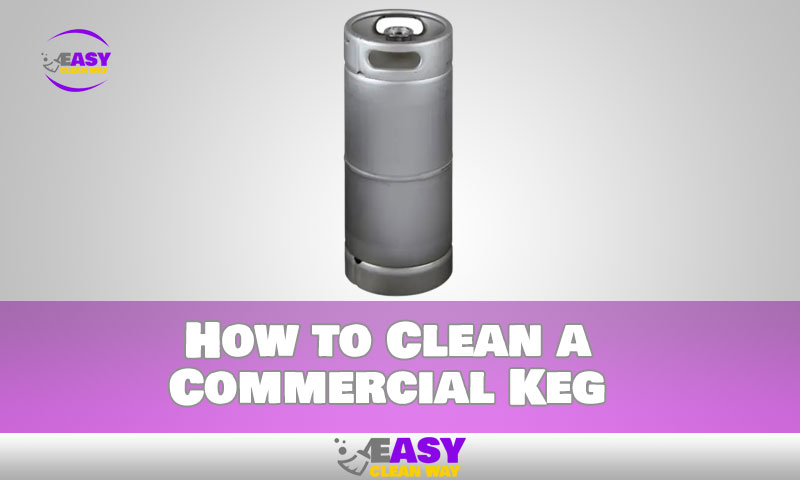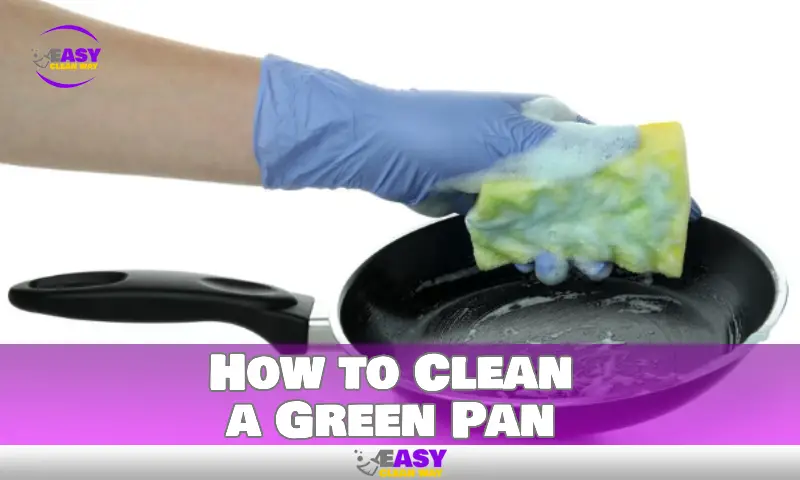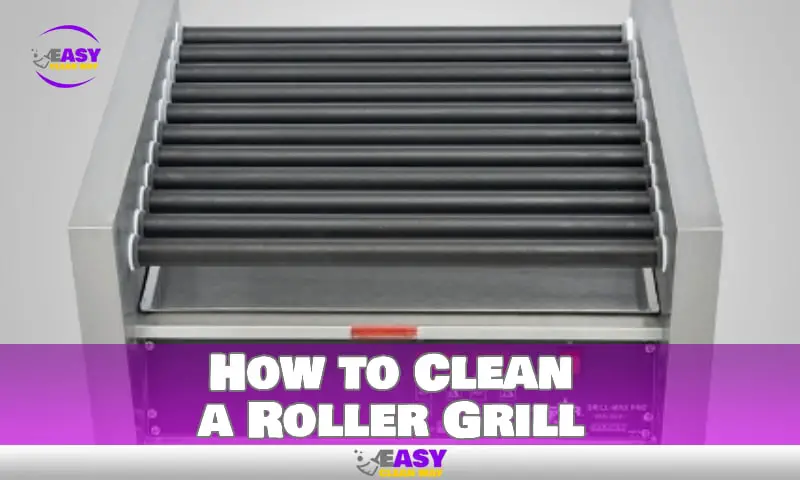It’s important to regularly clean your commercial keg so that you can serve fresh, delicious beer to your customers. If you don’t keep your kegs clean, you risk getting sick customers, poor tasting beer and even equipment failure due to buildup of bacteria and yeast.
In this guide, we’ll discuss the importance of cleaning a commercial keg and provide step-by-step instructions on how to do it properly. We’ll also provide tips on how to maintain a clean keg in the future.
By the end of this guide, you should have all the knowledge and confidence you need to keep your kegs sparkling clean and serving great-tasting beer to your customers. Let’s get started!
Understand Why Cleaning a Commercial Keg Is Necessary
Cleaning a commercial keg is essential for keeping your beer tasting great. Beerstone, a form of scale that can accumulate in the lines over time, contains yeast deposits and organic matter, which can lead to off-flavors in your beer. As such, it’s important to use the right cleaning and sanitizing methods to keep your keg sparkling.
There are a few methods you can use when cleaning a keg. Alkaline-based cleaners like PBW, No-Rinse Cleansing Powder or Craft are all effective for cleaning beerstone. Another useful tool is an in-line beer cleaner that injects cleaning fluids directly into the lines of the keg. For best results, heat sanitize the keg spear by submerging it in very hot water for about 20 minutes after each use.
By following these simple steps, you’ll ensure that your commercial keg is properly cleaned and maintained for great-tasting beer every time!
Prepare the Keg for Cleaning
It’s crucial to get the keg ready before you begin the cleaning procedure. To do this, just tip the keg over and cover the valve ports with aluminum foil or a dust cover to keep out debris while it is being kept.
Then, take off the keg’s lid and use a long-handled brush to scrub away any lingering filth and grime from the inside surfaces by “twisting and turning” the brush. Alkaline-based cleaners like PBW (Powdered Brewery Wash), No-Rinse Cleaning Powder, or Craft work well for keg cleaning if you need a little extra help. These cleaners can be used to clean any brewing equipment in general and assist shorten cleaning times.
After finishing this preliminary cleaning process, it’s time to give your keg a thorough washdown for deep cleaning.
Disassemble Your Keg
Now it’s time to disassemble your keg. If you haven’t already done so, start by unscrewing the lid, then removing the dip tube, spear, and seals. Once all these components are removed, you can give the interior of the keg a thorough scrubbing to get rid of any built-up residue or grime.
To do this properly, an alkali wash is recommended – this will help to remove allergens, bacteria, and tough soils from your keg’s interior. You can also use a mild detergent or warm water as part of the cleaning process if desired. Chemicals should generally be avoided unless necessary in order to protect the integrity of your keg and its components over time.
Once you’ve thoroughly cleaned all parts of the keg and its components, rinse them with cool water before reassembling everything back together according to manufacturer instructions.
Pre-Rinse and Sanitize Your Keg Components
Your keg is almost ready to be cleaned, but you must first pre-rinse and disinfect every component. Any dirt or loose material that might possibly dislodge during the cleaning and sanitation procedure will be eliminated by a thorough rinse.
Then, sanitize every part of your keg with some Star-San and water. This is a crucial step since it will eliminate any undesirable germs that might be present on or inside your keg. Cover every keg component, including the handle, spigot, lid, seal, and any other pieces that might come into direct touch with your beer.
Before you rinse them off with cold water, let your parts soak for 10 to 15 minutes. This ensures that any leftover residue is removed and that the area is clean for the subsequent stage, which is the actual cleaning.
Use Proper Javelin or CIP Cleaner to Thoroughly Clean the Interior of the Keg
In order to properly clean a commercial keg, you’ll need the right equipment. You should use an alkali wash, either a javelin or CIP cleaner.
Javelin cleaners are typically used in high-pressure systems, usually within an automated cleaning system. This makes them ideal for large scale operations with many kegs that need to be regularly cleaned. CIP cleaners are lower-pressure systems that can be more affordable and still get the job done.
When cleaning with either method, it’s important to avoid cleaners with chlorinated caustics, as they can corrode the spears and other parts of the keg. You also should use a brush to scrub the inside of the keg, ensuring that all contaminants and deposits are thoroughly removed.
By utilizing a proper alkali wash along with a cleaning brush, you can ensure your commercial kegs are properly and safely cleaned, while minimizing potential damage to your equipment.
Reassemble and Sanitize Your Keg for Storage
Your industrial keg needs to be completely cleaned, dried, and then put back together for storage. Reassemble every part, including the spear and keg cover, before using a no-rinse sanitizer to sterilize your keg. Before reassembly, make sure you carefully wash every component.
For cleaning the keg, it is advisable to use a hot PBW (powdered brewery wash) and water solution with a ratio of 1:10 parts water to 1 part PBW. This mixture will thoroughly remove dirt and bacteria from all areas of your commercial keg when pumped through the keg at a flow rate of one gallon per minute for 15 minutes. Use on steel or aluminum components is safe.
Before reassembly, run hot water through your beer lines to make sure they are clean. After finishing, dry off any remaining wet areas and put the items in a cold, dry location until they are required again.
People Also Like: How to Clean Alpaca Rug
Conclusion
Cleaning a commercial keg is no simple process, but with the right tools and knowledge, it’s a task that can be tackled with relative ease. The steps outlined in this guide can help get you started on the path towards a clean keg, ultimately ensuring that your beer tastes the way it should. Utilize the appropriate cleaning supplies, disassemble and soak, and above all else, be sure to do your research to keep your kegs pristine.
By following these steps, you can ensure that you’re getting the most out of your commercial kegs, and that your beer tastes as good as possible.
Hey there! I’m Alton Smith, your Clean Expert blogger. I’m on a quest to help you conquer chaos and embrace the joys of a tidy life.





